 “You’re going to go there, aren’t you?” my husband asked with a scared look on his face last night at dinner.
“You’re going to go there, aren’t you?” my husband asked with a scared look on his face last night at dinner.
“No, really, I’m not.”
“Yes, you are, you’re going to go there.”
“No, I’m not planning on going there. And even if I were, I wouldn’t expect you to go, too. I would never expect that from you unless you wanted to.”
Where did he think I was going? To a land that scares many a man – the land of vegetarianism.
Since my six year barely touches meat, my nine year old is a light eater, and I can take most meat or leave it, I’ve begun to cook a lot less. A regular sized portion for my husband and a much smaller portion for the kids and me to split does just fine. Last night was the first my husband noticed. He’s been very supportive of all the environmentally friendly changes I’ve been making over the past couple of years, but this one got him a bit defensive. He understands the environmental impact of meat, but he’s a carnivore through and through.
I really don’t expect him to change his carnivorous habits, not unless he feels he should. But I can make wiser meat choices for him and for the rest of my meat eating (to various degrees) family. Here are five ways.
- Offer a bigger variety of foods when you’re offering smaller portions of meat. I grew up with a dinner plate full of a big slab of meat, some type of potato or pasta, and one vegetable. That’s how I used to cook my own family’s dinners, too. But now I’ve changed that. Now I offer a smaller portion of meat and several sides including two different colored vegetables every night. By adding more vegetables, beans and whole grain pastas, the meat isn’t missed so much.
- Be picky about the meat you buy. Buy organic meat or meat that comes from pasture raised, grass fed cows or grain fed, truly free range chickens. I call this happy meat. If the animal lived a happy, free to roam life before it became my dinner, it left less of an impact on the earth. Yes, this type of meat does cost more, but if you’re serving less meat, that should help even it out a bit.
- Serve meatless dinners once or twice a week. You probably already eat several meatless breakfasts and lunches a week. Why not add in a meatless dinner or two, also? A lot of people institute Meatless Mondays in their homes and enjoy something like a meatless baked ziti, a salad and warm fresh bread. Really, who is gong to even realize there’s not meat with a meal like that? Ban the pepperoni and sausage from your Friday night pizza and suddenly you’ve got two meatless dinners a week.
- Be wise with your leftovers. Throwing away leftover meat not only wastes the meat it wastes all of the resources used to feed, water and house the animal it came from. It also wastes all of the energy it took to get that meat from the farm to your table. Freeze any leftover portions that can’t be eaten within two days to add to salad and soups or even make a meal for one.
- Buy your meat locally whenever possible. The impact of food miles is one that I’ve only come to realize in the last year. When I’m eating a burger made from beef that came from across the country, a lot of energy went into transporting that beef and keeping it cold along the way. When I’m eating a burger made from the happy meat I bought at the local farmer’s market from a local producer, that meat only traveled about 40 miles in the back of a person’s mini-van in iced coolers. There’s a huge difference in the environmental impact.
Image courtesy of Flickr
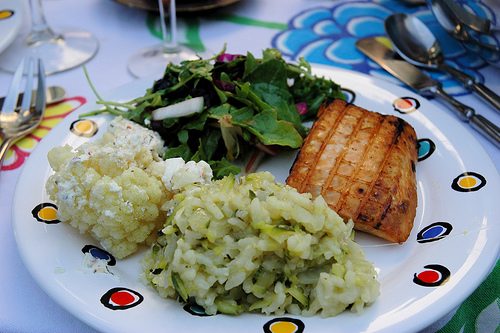
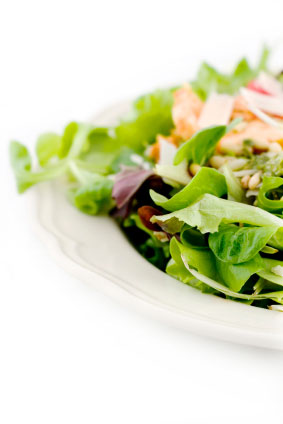



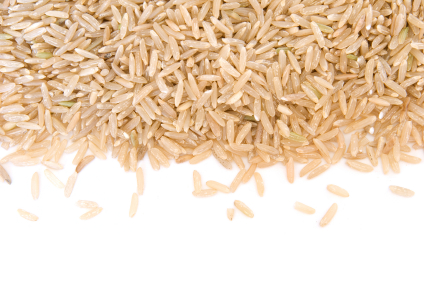
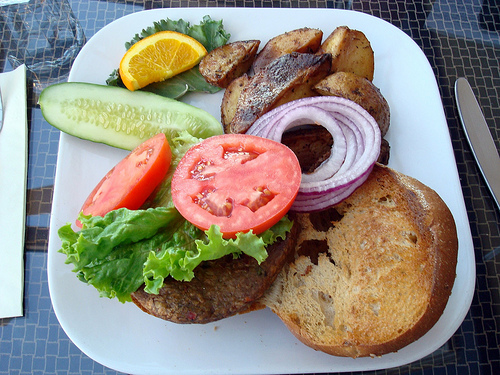
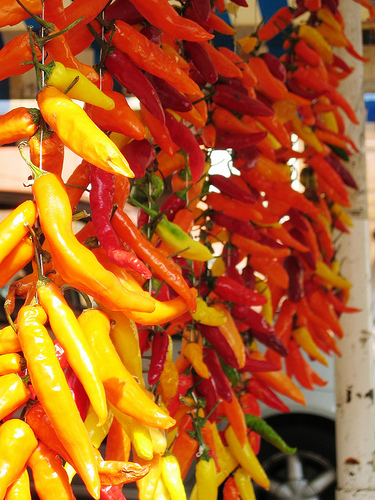

A couple more things to add to the list:
6. If the meat comes from an animal that is an herbivore, then looks for grass-fed ones (lamb, beef, buffalo, goat, etc.). If the animal is an omnivore (pig, chicken, turkey, etc.), make sure the grain it has been fed was organically-produced since organic grain farming has a much lighter impact on the earth.
7. Try eating organ meats and some of the less desirable cuts from an animal, as much of this goes to pet food or waste right now. Learn to appreciate the entire animal, including the bones which make nutrient dense stock or soup broth.
Great post! We struggle with this issue a lot in my house. Husband hates veggies, I’d prefer a plant-based diet. I’ve started to incorporate small portions of meat to keep the both of us sane. We use happy meat, as you call it, and I feel much better about it than if I refused to cook him meat, at which point he would go sneak fast food. Rather support local farmer than McDo.
Rebecca – thanks for the extra advice. This eating less meat thing has only been going on for a few months in my house so I’m still learning.
Kelli – Fortunately, my husband would rather eat no meat than fast food – he’s always hated it. My sons on the other hand really miss McD’s. Although they both say that my burgers from the happy meat are the best they’ve ever had, I think it’s a cultural thing. Their friends eat fast food all the time and they think they are missing out on something.
One more tip, when you do eat meat, choose poultry over beef, since it has a lower impact. Turkey burgers and turkey sausage can taste just as good with the right seasoning. Plus, poultry is better for your health. Bonus!
Deoxy – Good tip.
I actually find it easier to get better beef around me than chicken. My local farmer’s market sells beef in various forms – ground, in steaks, etc. but they only sell whole chickens.
I’d love to find a local resource for chicken that’s already cut up. I have to buy organic chicken parts from the grocery store and what they have is not local. I tend to enjoy cooking whole chickens in the winter, but in the warmer months I like parts that I can grill up or make into kabobs. Hopefully in the next week or two we’ll get a cool enough day that will make me say, “Time to make some soup – gotta get a chicken from the farmer’s market.”
Robin–Don’t be afraid of the whole chicken! I did it this week for the first time because I got a whole organic chicken for about four bucks. I roasted it, which intimidated the crap out of me, but it turned out really, really awesome. We had that one night, leftover chicken for lunch, we still have enough bits I scrounged for tacos at a later point, and I’m going to make stock from the bones. Downside–takes a lot of time (much of it hands-off, though).
Checkout this blog for a great whole chicken recipe. She has one version on the grill and the other in the oven.
Oops here it is.
http://greenlitebites.com/2008/08/25/beer-chicken/
It’s not so much I’m afraid of the whole chicken. I love roasting a whole chicken in the cold weather, getting a good meal out of it and then making soup with the leftovers (I make awesome chicken noodle soup). They just don’t fit in with a lot of my warmer weather dinner choices.